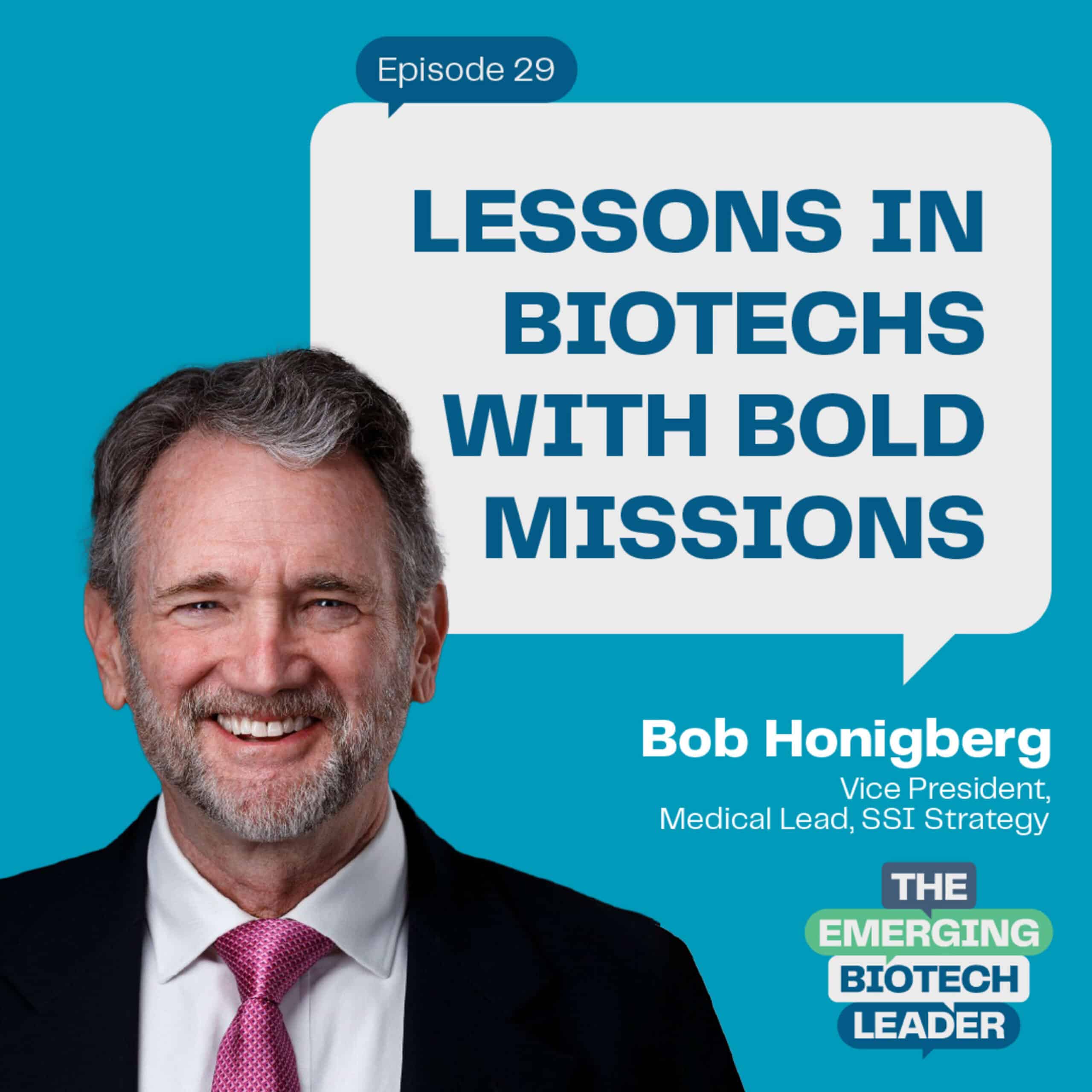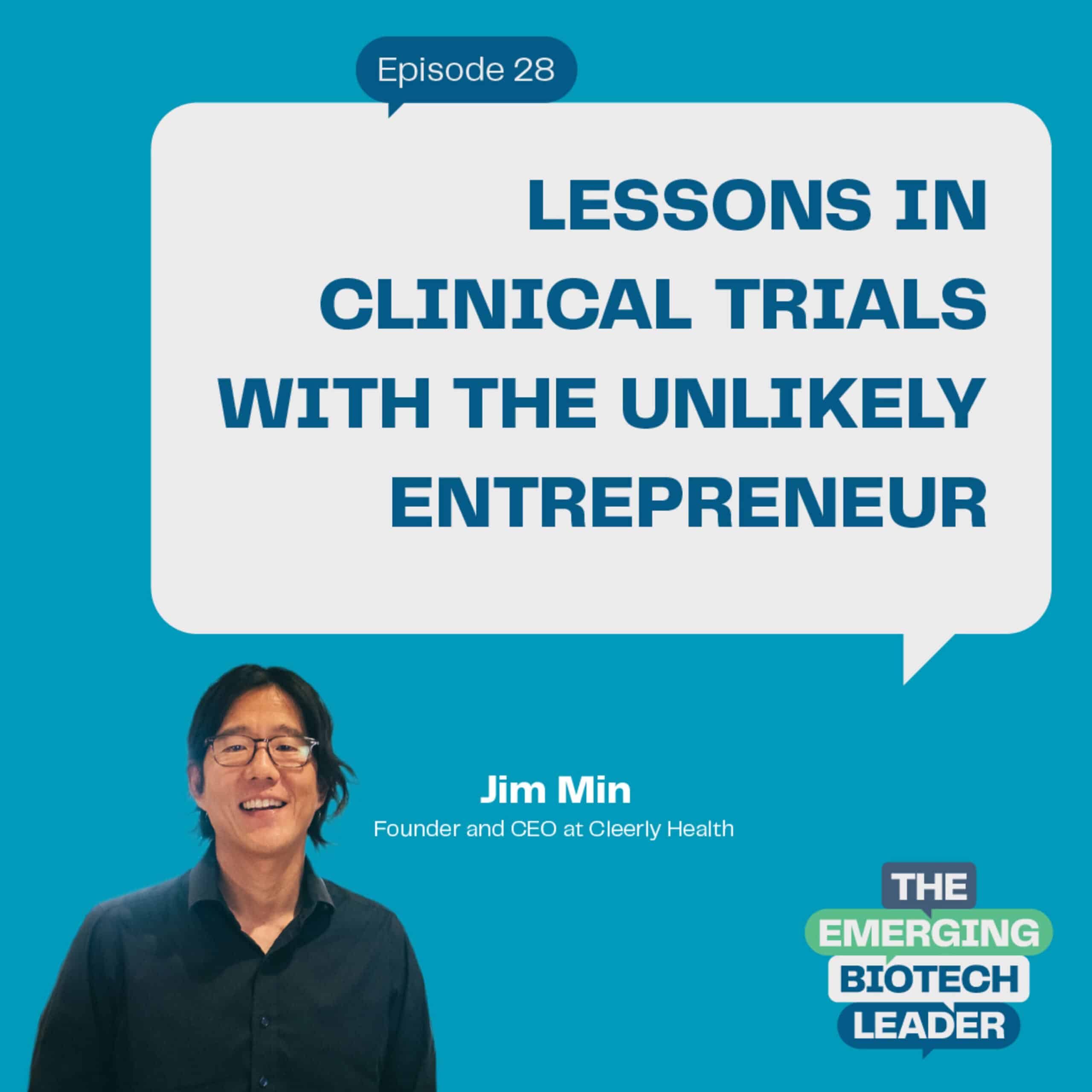
What if there were a way to genetically engineer fungi species and transform them into human therapeutics to help with neurological disorders?
Today’s guest, Dr. Usman (Oz) Azam, just launched a biotech, Empyrean Neurosciences, that is genetically modifying fungi to create therapeutics.
Biotech is hard enough as it is, but what does it take to pioneer an entirely new class of medicine as a biotech startup? Oz shares his experience and his strategies at Empyrean to navigate the intersection of neurological disease and mental health.
Here are a few of the highlights from this episode:
Innovation in biotech
Oz’s diverse background lent to his current success. He started out in big pharma companies like Pfizer and J&J, followed by a stint running his own company and back to big pharma at Novartis. After his time at Novartis, Oz jumped back into the entrepreneurial biotech space again, building Tmunity from scratch.
Curiosity is vital to success in early-stage biotechs. It’s also important to evaluate your personal risk/benefit meter if you want to bring new innovations to the market. The career path you take will impact your potential to succeed.
It’s beneficial to pursue roles at companies that drive innovation forward, even within Big Pharma.
Empyrean: a new class of medicine
Oz’s new company, Empyrean, is building an entirely new class of medicine in neuroscience. Their focus is on genetically engineering small molecules from different species of fungi in plants to create human therapeutics, which nobody has done before.
Empyrean is poised to bring a much-needed revolution in neuroscience, specifically for neuropsychiatry and neurology and potentially other therapeutic disease areas as well.
Now a preclinical company, Oz has a vision to introduce the world’s first botanical, that is a genetically engineered mushroom containing psilocybin to treat patients suffering from disorders like major depressive disorder.
Bringing a novel drug to the market, especially with current macro-economic headwinds, takes a high level of nimbleness and agility as a company. That’s why Empyrean is using an agile model to scale in a greenfield therapeutic space.
Agile organizational development
Choosing where to focus is important for any biotech. Is it a platform focus or a therapeutic focus? According to Oz, it’s key to balance both simultaneously. He feels that after developing the platform, it’s important to double down on the therapeutic early on. Once you establish a leading candidate and prove it out, you can begin to think about future therapeutic possibilities.
When your team is small, the leader must have a keen understanding of where to focus resources. Endless paths exist. It’s essential to find that one thread that will tell a compelling story. Nail that story, and you can get funding to explore other pathways.
Sequencing Resources
In large organizations, the growth algorithms are relatively fixed. You get X number of people in each department as you reach new phases of development. If you are in an intrapreneurial role within Big Pharma, you may have a bit more leeway, but you still work within the organization’s firewall.
A startup is a different animal altogether. The leaders do a little bit of everything in the early stages. As funds come in, resource allocation is key.
Just as there are leaders for seasons, there are company models for seasons. Empyrean is a nine-person company. They have to maximize their resources at this critical stage. That’s why they engage strategic partners like SSI Strategy.
Hybrid Team
Oz has taken a hybrid team approach. One of the big mistakes you see in early-stage biotechs is overbuilding the team. If anything goes wrong or you don’t meet milestones, you may be forced to restructure. The timing of hiring is essential to early success.
As you scale, there are natural inflection points where you need to build your team but you don’t want to make the mistake of hiring too early.
What do you do if you don’t have the internal resources to meet current needs? Oz says to create an augmented team of A players.
You must figure out which roles are absolutely essential to have as internal hires. Empyrean is prioritizing wet lab genetic engineers as internal hires, because the genetic engineering is their differentiating attribute. Then it’s a matter of determining how to strategically outsource other roles that are not core to the business model.
Empyrean is partnering with SSI Strategy, so they can remain agile in these early stages. This way, they maximize the funding runway while still getting things done on time. If there are any hiccups along the way, they simply flex down their SSI team and flex back up as funding allows.
This is true for legal and finance as well. They are bringing in virtual, augmented support in different areas of the business to stay lean.
There comes a point where it makes sense to hire an FTE to manage different aspects of the business, but hiring those roles too early can sink an early-stage company.
Culture and Mentorship
One key learning Oz had early on was that just because someone has a specific role at a Big Pharma company, that doesn’t mean they will be successful at building out that role within a startup. The skillsets for managing and the skillsets for building are completely different.
It takes a specific phenotype to thrive in a biotech startup environment. Curiosity is vital. You must be curious enough to dig and dig and dig until you get a breakthrough. It also takes resilience and tenacity. Bringing new therapeutics to market is a grueling path, and it takes a certain type of person to see it through.
You have to find people you can trust. Is this someone you can depend on for the long haul, or will they skip around when the going gets tough?
Working with people that are fun to be around is also important, too. When you get into the trenches with someone, make sure you like to be around them.
If it’s clear that someone isn’t working out, do them a favor by letting them go early. They won’t be happy long term in a role where they won’t succeed.
Build an executive leadership network
A lot of times, the asset is fixed to a degree. The difference between failure and success is the organizational leader. Everyone needs 2-3 people they can go to outside their team for advice and support.
The CEO is the loneliest job in the world, according to Oz. It’s important to find and get hooked up with good leaders. See what they’ve done to succeed so you can emulate their success and learn from their mistakes.
It takes time and intention to build relationships with other senior leaders and CEOs, but it’s vital to success. Go to conferences and events and network, participate in industry groups. You never know who you will meet. And don’t forget about your best bosses as well.
Mentorship is key, and it doesn’t have to be solely focused in the biotech industry.


